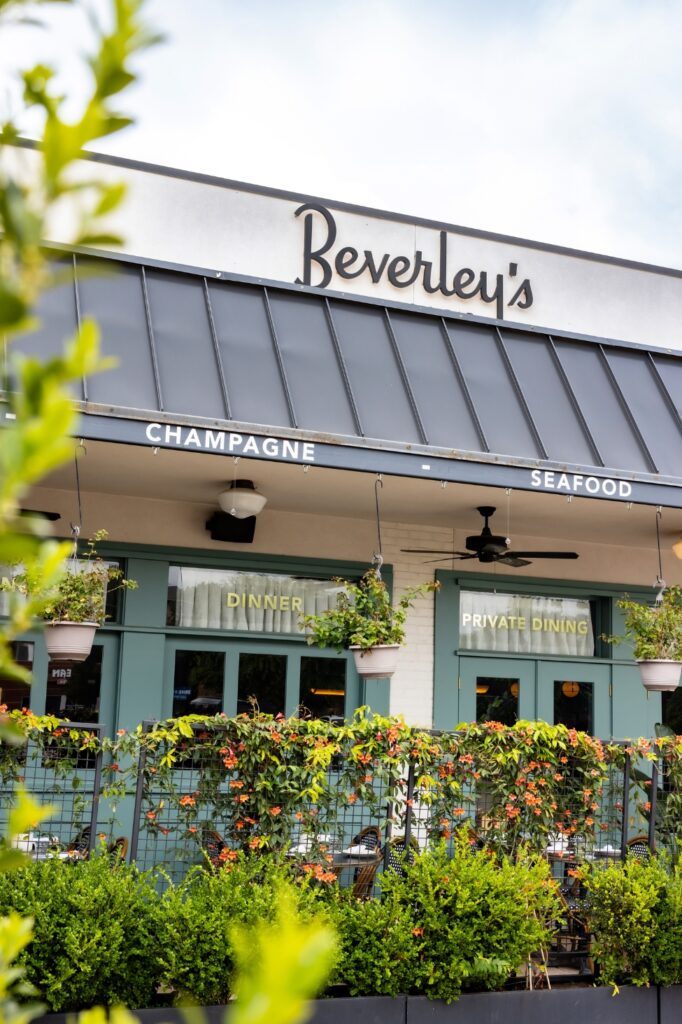What Is The Difference Between A Commercial Photographer And A Branding Photographer?
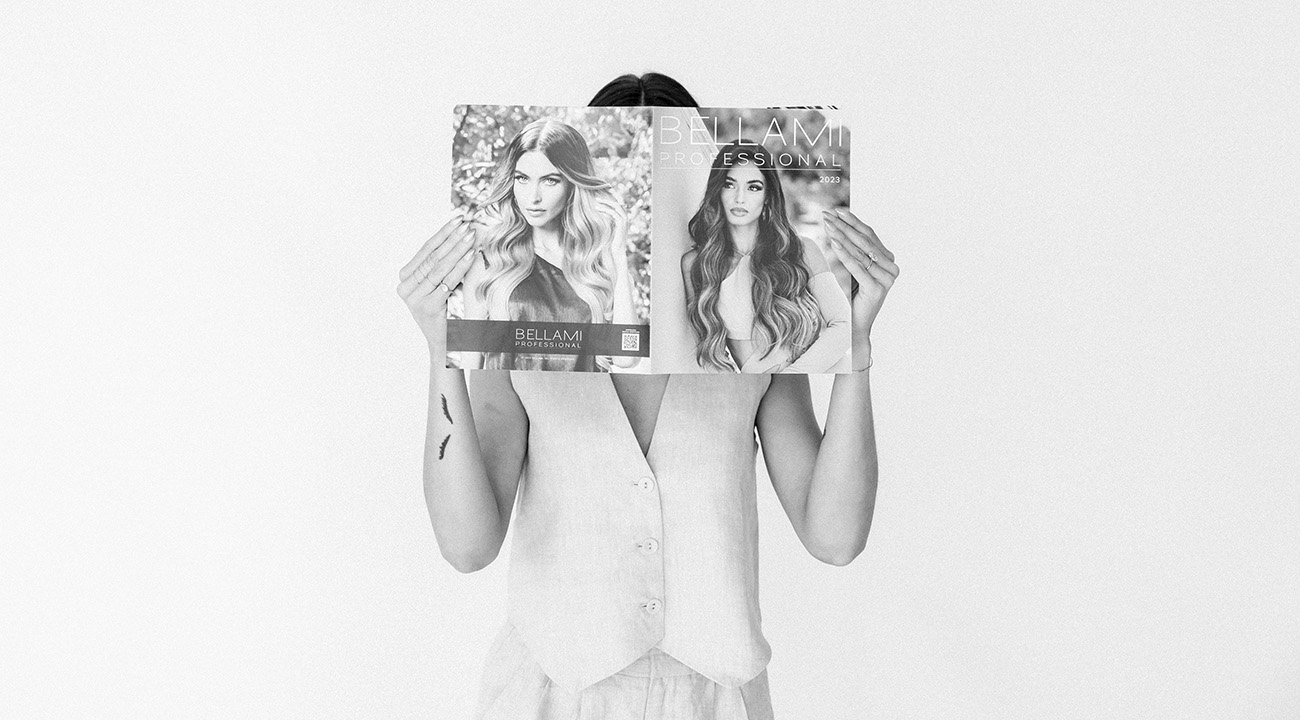
One of the best things about my journey as a photographer has been the opportunity to work in that sweet spot where branding and commercial photography intersect.
It’s allowed me to work with a diverse range of clients—from local businesses to big-name national brands. Working with such a wide variety of clients has been a great experience, and I’ve learned so much along the way that has been incredibly beneficial for my own business. Sharing that knowledge with my clients has also been rewarding, and I’m here to share some of that knowledge with you.
In the world of commercial photography, the focus is usually on promoting specific products or services for larger, well-established brands. On the other hand, branding photography is all about capturing the essence of a more localized or personal brand with the goal of creating a connection with its audience. Even though these two types of photography have their own unique goals/scope, they are both driven by storytelling.
Understanding the difference between commercial and branding photography is important for both photographers and businesses. For photographers, understanding these differences helps them tailor their skills and approach to meet the client’s specific needs. This way, they can better communicate with their clients and deliver results that align with their client’s objectives. For businesses, knowing when to invest in commercial photography versus branding photography can impact their marketing strategies.
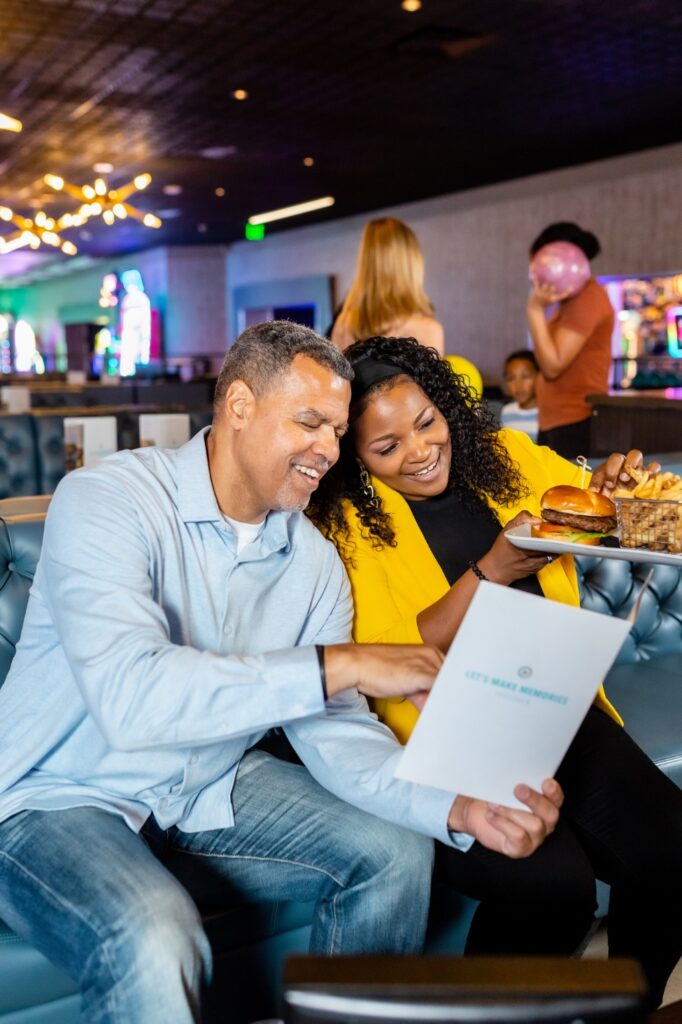 COMMERCIAL PHOTOGRAPHY
COMMERCIAL PHOTOGRAPHY
Commercial photography is all about capturing images that promote and sell products or services. Businesses, advertising agencies, and media companies typically commission this type of photography to create visuals for marketing campaigns, product catalogs, and promotional materials. What sets commercial photography apart is its focus on presenting products or services in the most compelling and effective way possible. This usually involves using specific lighting techniques to enhance a product’s appearance, carefully arranging items to highlight key features, and incorporating models or props to create a compelling narrative around the brand.
A crucial aspect of commercial photography is understanding the client’s target audience and tailoring the imagery to speak directly to them. For example, my commercial shoot for EVO Entertainment focused on capturing the excitement and energy of its diverse attractions—showcasing the immersive movie experiences, the thrill of bowling and arcade games, and the fun of interactive activities like climbing walls and virtual reality. In contrast, my shoot for Maggiano’s Little Italy emphasized the warm, family-friendly atmosphere, the joy of shared meals, and the rich, comforting flavors of their classic Italian dishes, creating a visual story that invites guests to gather and connect over great food.


Unlike other types of photography, commercial photography often operates on a larger scale, with bigger budgets, more complex projects, and larger teams working together to achieve a brand’s vision. This means a commercial photographer’s role goes beyond just technical proficiency—they must also collaborate effectively with a variety of professionals, including art directors, creative directors, stylists, and makeup artists. Each member of this team plays a important role in ensuring the final images align with the brand’s message and marketing goals.
The images produced through commercial photography are designed to reach a broad audience and are typically featured on high-visibility platforms such as billboards, magazines, and social media ads with large advertising budgets. In short, commercial photography requires a blend of creativity, technical skill, and marketing savvy to produce images that not only showcase a product or service but also drive engagement and sales.
BRANDING PHOTOGRAPHY
When it comes to branding photography, we’re talking about creating images that capture the heart and soul of a brand, showcasing its unique personality and values. In my experience, this type of photography is particularly well-suited for smaller, bespoke businesses, solopreneurs, and personalities or personal brands—basically, anyone looking to make a real connection with their audience through visual storytelling. Unlike commercial photography, branding photography isn’t always focused on selling a specific product or service. Instead, it aims to build an emotional bond between the brand and its audience by telling a story that resonates with them.
For smaller businesses and solopreneurs, branding photography can be a total game-changer, helping them stand out in a crowded market by creating a strong visual identity. A cohesive set of brand images can be used across various platforms (think websites, social media, marketing materials) to ensure a consistent look and feel that leaves a lasting impression on potential customers.

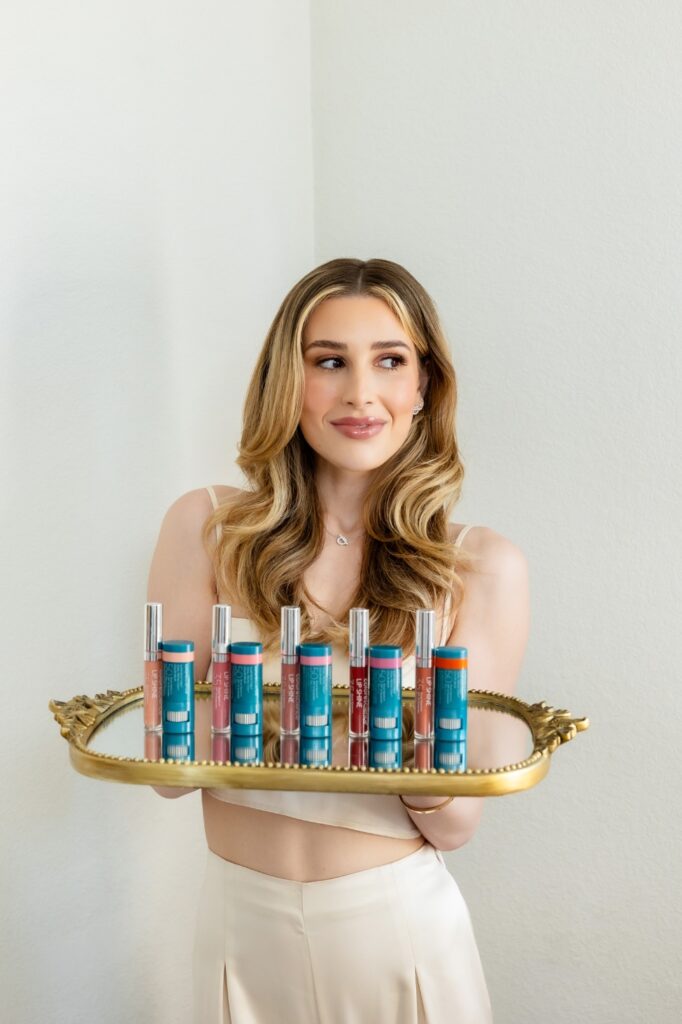
A great example of this is my work with Savannah Boda Aesthetics, a personal skincare brand. Through branding photography, we highlighted not only the treatments and products offered but also the luxurious, self-care experience that Savannah’s brand embodies.
While commercial and branding photography might have their own unique flavors, there’s definitely some overlap between the two. In fact, it’s in this sweet spot where the magic really happens, and as a photographer who loves to dabble in both worlds, I can tell you it’s a pretty awesome place to be.
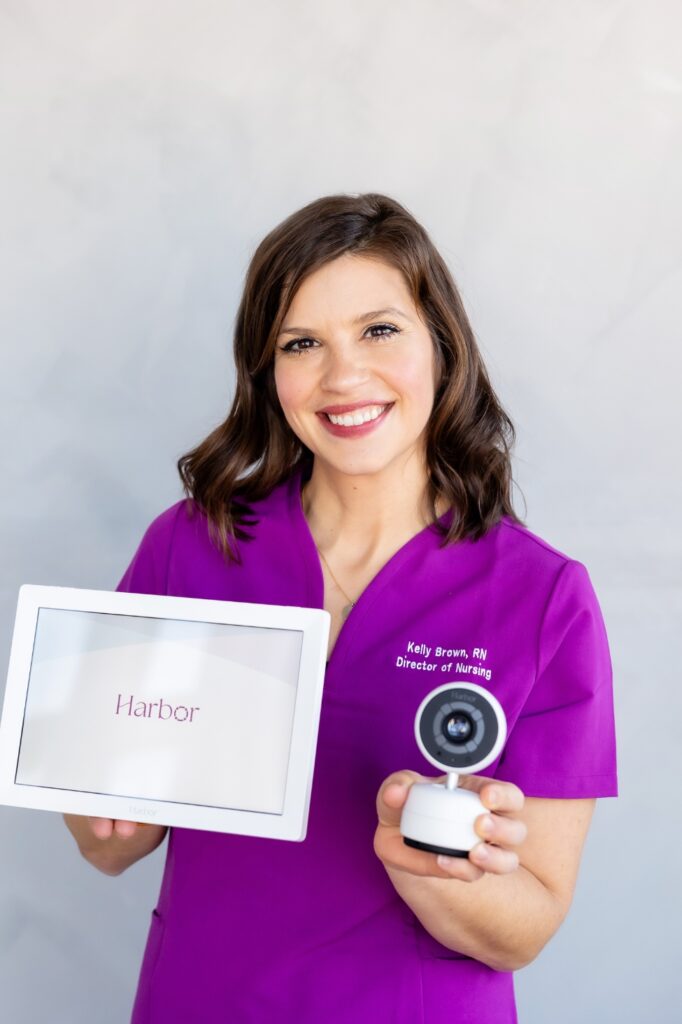
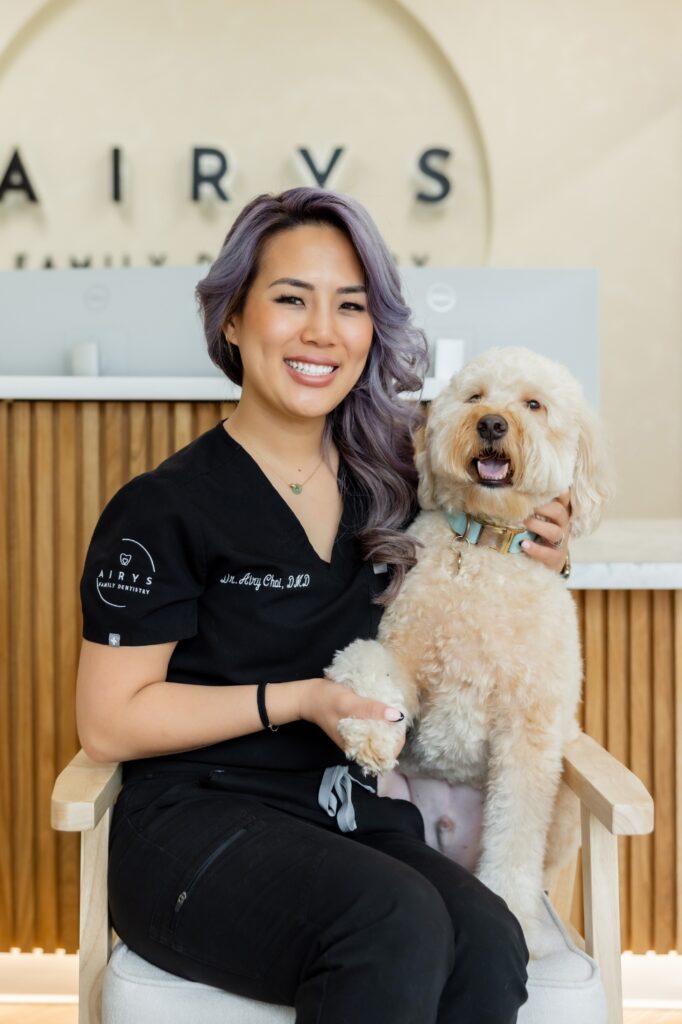
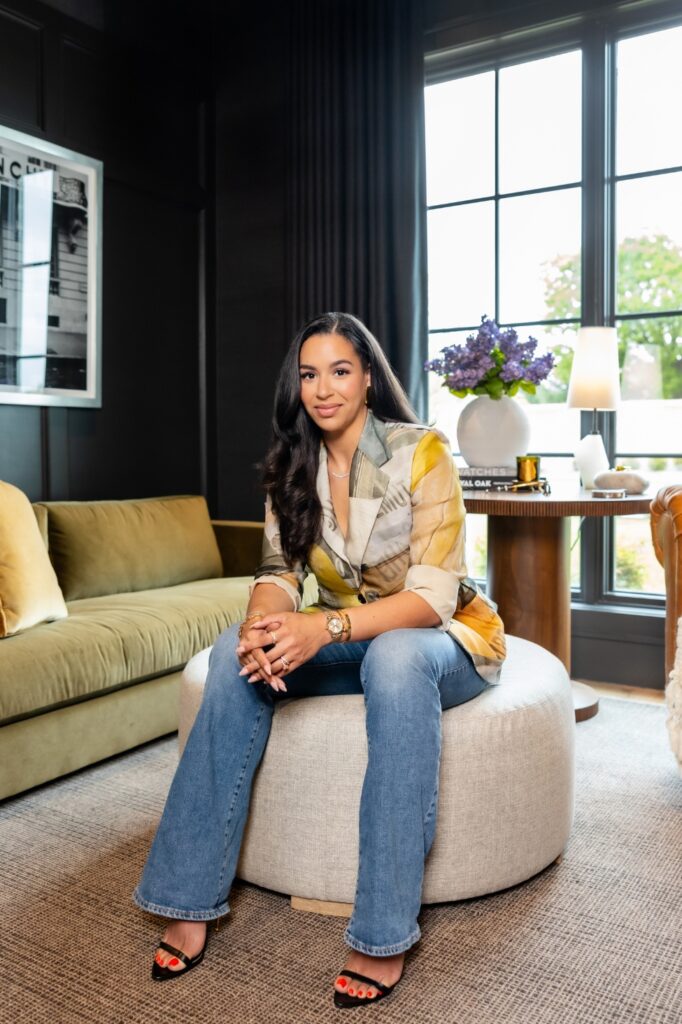 One way these two types of photography intersect is in their focus on creating compelling visuals that showcase a brand’s identity. Whether you’re photographing a product for an ad campaign or capturing behind-the-scenes moments at a local business, the goal is to create images that resonate with the target audience and communicate the essence of the brand.
One way these two types of photography intersect is in their focus on creating compelling visuals that showcase a brand’s identity. Whether you’re photographing a product for an ad campaign or capturing behind-the-scenes moments at a local business, the goal is to create images that resonate with the target audience and communicate the essence of the brand.
Another area where commercial and branding photography overlap is in their shared emphasis on storytelling. Whether you’re using high-end production techniques to create a glamorous ad or snapping candid shots of a business owner at work, both approaches rely on creating a narrative that draws viewers in and gets them invested in the brand.

At the end of the day, the line between commercial and branding photography can be pretty fuzzy, and that’s part of what makes it exciting. By blending elements of both styles, photographers can create truly unique and impactful images that leave a lasting impression on viewers and help brands make a real connection with their audience.
If you’d love to learn more about commercial or branding photography, feel free to send me a message at info@monikanormandphoto.com
Also, if you’d like to dive right in with a DIY guide on how to grow your branding or commercial photography business on your own, check out my e-book, The Six-Figure Photography Business: Your Guide to Building a Business You Love.



